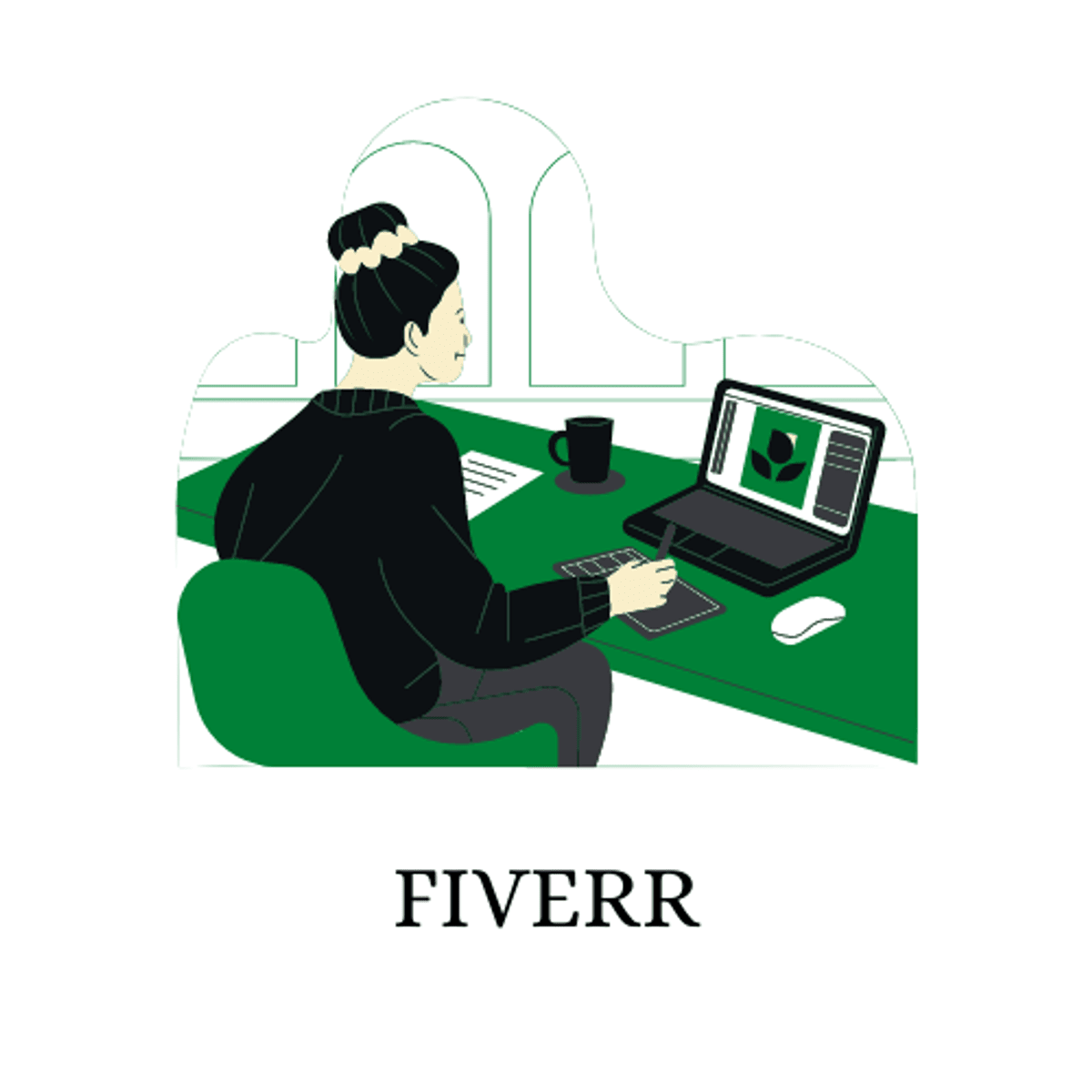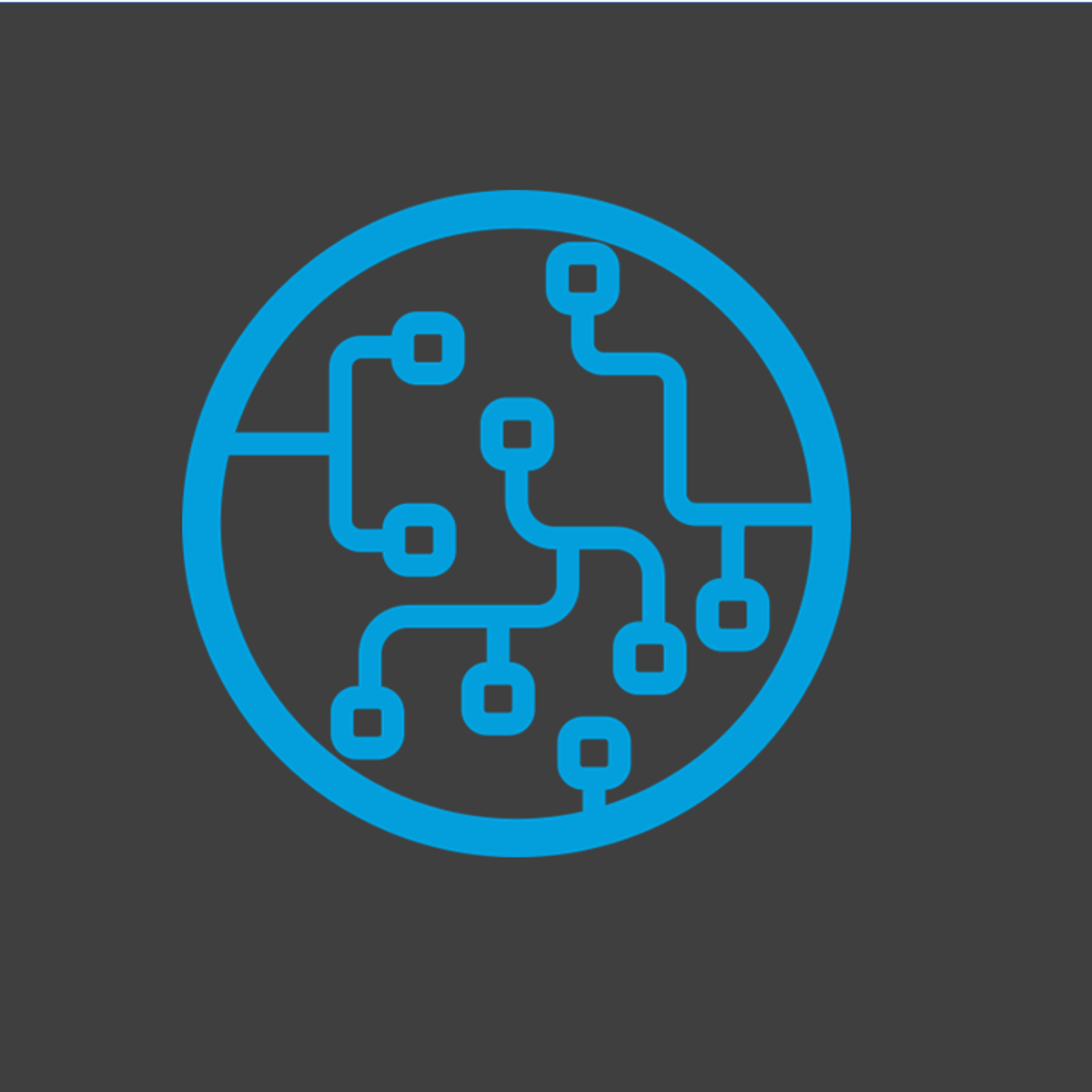Back to Courses









Computer Science Courses - Page 182
Showing results 1811-1820 of 2309

Getting started with Fiverr for Freelancers
In this project, you will learn how to create and develop your profile on the freelancer's platform called Fiverr. This platform allows you to generate additional income or even become the owner of your own company through the Internet. Various industries within the platform allow you to enter the wonderful digital world and offer your services. Fiverr was created in 2010 to allow content creators to develop their businesses online, and it is primarily a creative services platform. You can also view different freelancers to identify their niche and competition. With this project, you will be able to develop your profile; add your information, logo, or photograph; and you will be able to create a gig to start in the field. You will see various tracking options for this platform, and you will be able to add everything you know how to do on this website.

Machine Learning Algorithms: Supervised Learning Tip to Tail
This course takes you from understanding the fundamentals of a machine learning project. Learners will understand and implement supervised learning techniques on real case studies to analyze business case scenarios where decision trees, k-nearest neighbours and support vector machines are optimally used. Learners will also gain skills to contrast the practical consequences of different data preparation steps and describe common production issues in applied ML.
To be successful, you should have at least beginner-level background in Python programming (e.g., be able to read and code trace existing code, be comfortable with conditionals, loops, variables, lists, dictionaries and arrays). You should have a basic understanding of linear algebra (vector notation) and statistics (probability distributions and mean/median/mode).
This is the second course of the Applied Machine Learning Specialization brought to you by Coursera and the Alberta Machine Intelligence Institute.

Python for Data Visualization:Matplotlib & Seaborn(Enhanced)
In this hands-on project, we will understand the fundamentals of data visualization with Python and leverage the power of two important python libraries known as Matplotlib and seaborn. We will learn how to generate line plots, scatterplots, histograms, distribution plot, 3D plots, pie charts, pair plots, countplots and many more!
Note: This course works best for learners who are based in the North America region. We’re currently working on providing the same experience in other regions.
Probabilistic Graphical Models 1: Representation
Probabilistic graphical models (PGMs) are a rich framework for encoding probability distributions over complex domains: joint (multivariate) distributions over large numbers of random variables that interact with each other. These representations sit at the intersection of statistics and computer science, relying on concepts from probability theory, graph algorithms, machine learning, and more. They are the basis for the state-of-the-art methods in a wide variety of applications, such as medical diagnosis, image understanding, speech recognition, natural language processing, and many, many more. They are also a foundational tool in formulating many machine learning problems.
This course is the first in a sequence of three. It describes the two basic PGM representations: Bayesian Networks, which rely on a directed graph; and Markov networks, which use an undirected graph. The course discusses both the theoretical properties of these representations as well as their use in practice. The (highly recommended) honors track contains several hands-on assignments on how to represent some real-world problems. The course also presents some important extensions beyond the basic PGM representation, which allow more complex models to be encoded compactly.

Getting started with AWS Elastic Container Registry (ECR)
In this 1-hour long project-based course, you will have hands-on experience with AWS Elastic Container Registry (AWS ECR) using AWS CLI. Amazon Elastic Container Registry (ECR) is a fully managed container registry that makes it easy to store, manage, share, and deploy your container images and artifacts anywhere. Amazon ECR eliminates the need to operate your own container repositories or worry about scaling the underlying infrastructure. Amazon ECR hosts your images in a highly available and high-performance architecture, allowing you to reliably deploy images for your container applications. You can share container software privately within your organization or publicly worldwide for anyone to discover and download. By completing the steps in this guided project, you will successfully learn how to push and pull and docker images to and from the AWS Elastic Container Registry within the AWS Free Tier.
Note: To avoid distraction for set up during the course, we would recommend that you create an Amazon AWS account beforehand. Amazon AWS provides a free tier option for 1 year & the course materials will utilize services that fall under the free tier option.

Mining Quality Prediction Using Machine & Deep Learning
In this 1.5-hour long project-based course, you will be able to:
- Understand the theory and intuition behind Simple and Multiple Linear Regression.
- Import Key python libraries, datasets and perform data visualization
- Perform exploratory data analysis and standardize the training and testing data.
- Train and Evaluate different regression models using Sci-kit Learn library.
- Build and train an Artificial Neural Network to perform regression.
- Understand the difference between various regression models KPIs such as MSE, RMSE, MAE, R2, and adjusted R2.
- Assess the performance of regression models and visualize the performance of the best model using various KPIs.

React - Fundamentals of state management in class components
By the end of this course you will have a solid grasp of state management fundamentals in React applications using the setState() utility in class components. We will start by focusing on the core concepts of state management reinforced by code examples which start off simple to drill the concepts, then we will go deeper into understanding the asynchronous nature of the setState() method, and how we can work with this to achieve what we want.
This course is aimed at developers who are familiar with React and state management in general, understand the basics well, and would like to have some more experience, especially using some of the more advanced and dynamic development patterns in React.

Sell a product or a service with Canva
At the end of this project, you will have all the basic skills to create varied graphic content that will help you sell your products and services using Canva, an online tool for creating and editing Marketing visuals. You will use these various design tools, colors and graphics offered by Canva.
This project is for beginners, small business owners who have no knowledge of graphic design. It is ideal for creating professional graphic content that will help you promote and sell your products and services to your audience.

Getting Started with Cloth System in Unity 2021
Cloth-like movement adds a whole, new degree of realism to games and simulations. Though cloth is ordinarily computationally expensive and complicated to set up, the effect fully justifies the effort. Fortunately, Unity has a basic cloth system that is easy to use and produces very good results for character clothing, flags, banners and whatever else a designer can conceive.
In this one-hour, project-based course, you'll learn how to use Unity's cloth system to create a banner, a flag and dynamically moving clothing. You'll learn how to configure the cloth's properties to mimic different fabrics and apply a wind effect to produce some natural movement even in stationary objects.
The guided project will introduce you to the following Unity concepts:
-Cloth
-Capsule and Sphere Colliders

Toward the Future of iOS Development with Swift
An introduction to the Swift programming language. This will prepare you for more extensive iOS app development and build a foundation for advanced iOS development topics.
Upon completing this course, you will be able to:
1. Associate the relationship of Swift and Objective-C and their use in iOS and Mac (OS X) programming
2. Develop the ability to read and write Swift code
3. Distinguish how both programming languages can be used together in applications
4. Demonstrate how to write applications entirely in Swift with the help from several iOS programming samples
5. Determine how Swift can be used for development on new platforms such as Apple Watch and Apple TV
6. Create a working client-server iPhone application with location services that you can add to your portfolio.
